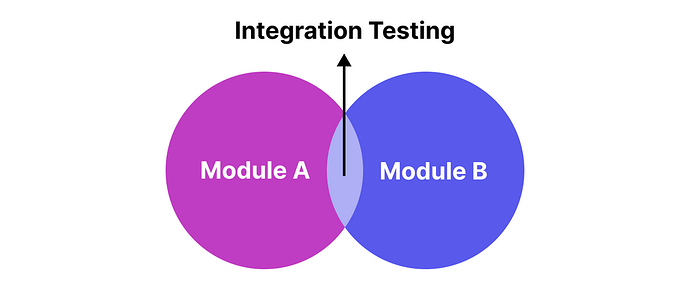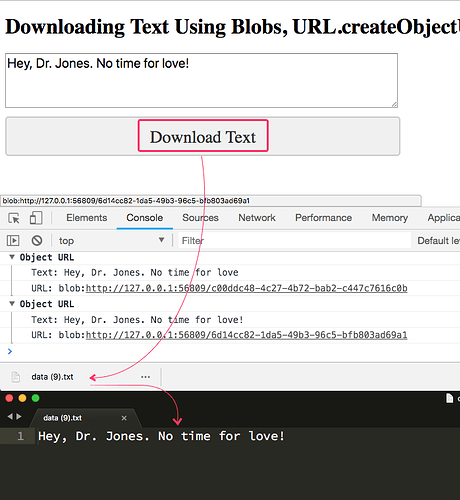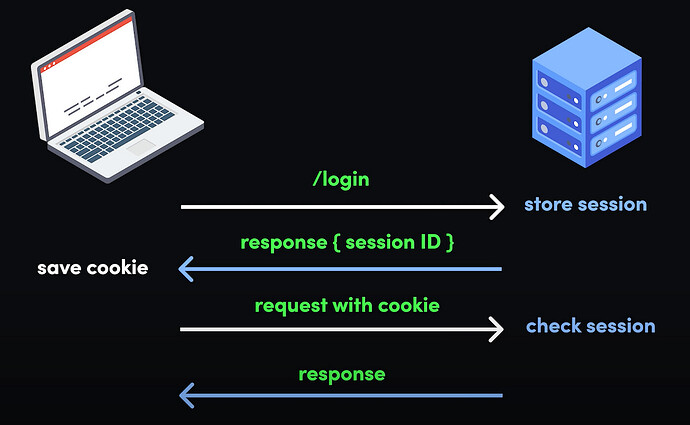Day 4: Integration Testing
Starting with a well-known joke:
A QA engineer walks into a bar and orders a beer.
Then, they order 0 beers.
Then, they order 999999999 beers.
Then, they order nothing.
Then, they order -1 beers.
Then, they order NULL beers.
In a nutshell, this joke is one of the best ways to explain what testing is all about!
In my previous post, we discussed unit testing, which focuses on testing individual software components or units in isolation. However, software systems are rarely composed of standalone components. Instead, these components interact and work together to deliver functionality. Testing their individual behavior is essential, but it’s not sufficient.
To ensure the components work harmoniously, we need to test how they interact with one another. This type of testing is known as integration testing. Integration testing is a software testing technique aimed at verifying the interactions and data exchanges between different components or modules of a software application. Its primary goal is to identify and address any issues or bugs that arise when these components are combined and interact with each other.
Ø Integration testing can be done by picking module by module, following a well-defined sequence.
For example, consider an eCommerce website. First, you might test the integration of the user authentication module with the shopping cart module, ensuring that once a user logs in, their cart data persists. The sequence of testing might start with the login functionality, then move to adding items to the cart, and so on. This approach ensures that the interaction between these modules is properly tested in isolation before testing the entire system.
Ø To ensure you don't miss out on any integration scenarios, it’s essential to follow the proper sequence.
Let’s take a scenario where a banking app integrates a fund transfer module with a payment gateway module. First, testing the internal logic of the fund transfer feature (like debit/credit operations) is necessary before checking how it interacts with the third-party payment service (like confirming the payment). Without following the correct sequence, you might miss cases where the payment gateway doesn’t correctly receive or process the fund transfer requests.
Exposing defects is the primary focus of integration testing, especially those that arise from the interactions between integrated units, and the timing of these interactions. For example, consider a login module integrated with a profile update module. If there’s a delay in communication between these modules, the system might show inconsistent data to the user (e.g., the user’s profile updates don’t reflect immediately after logging in). Integration testing would focus on catching such issues where timing or data exchange between modules leads to unexpected behavior.
Each of these examples illustrates the importance of following a sequence, ensuring complete coverage, and focusing on potential issues with interactions and timing in integration testing. Happy testing!






